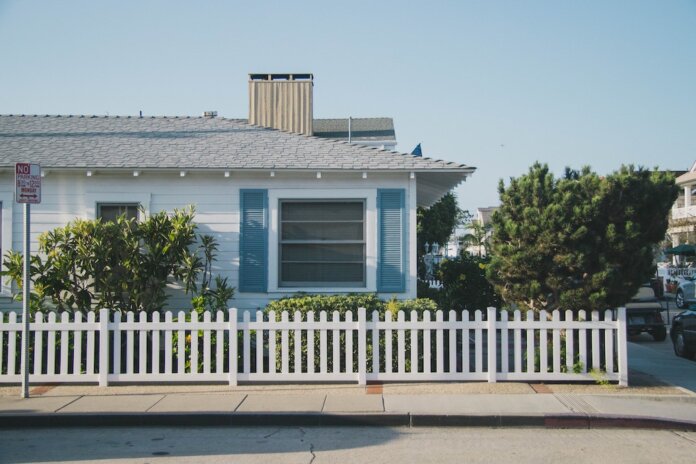Despite a significant decline in mortgage rates and improved supply in some parts of the country, existing home sales are not expected to pick up meaningfully through the remainder of 2024, with the annual pace now forecast to be the slowest since 1995, according a report from Fannie Mae’s Economic and Strategic Research (ESR) Group.
Recent data, including softness in pending home sales and purchase mortgage applications, continue to suggest limited home-purchase demand at current affordability levels, the group says in its September commentary.
Existing-home sales have not grown despite a nearly 20% increase in homes available for sale from year-ago levels, in part due to geographic variations.
Much of the increase in for-sale inventories has occurred in the Sun Belt and Mountain West regions – areas that also experienced some of the strongest home price growth in recent years, as well as robust new home construction.
This creates both a large relative affordability shock in these states and greater competition for existing home sales stemming from the new construction.
The ESR Group believes some combination of easing mortgage rates and soft home price growth relative to income growth in these regions will be needed before existing home sales begin to meaningfully rise.
“Increasingly, regional variations in housing supply are creating divergent affordability conditions and experiences for consumers on both sides of the home sales transaction; however, taken as a whole, home sales activity, particularly on the existing side, remains near what we consider to be the floor of basic demographic and household mortgage demand,” says Doug Duncan, senior vice president and chief economist for Fannie Mae, in the report. “Supply has risen significantly in many Sun Belt states, where such factors as ease of new home development and increasing insurance costs are having an impact, but at the national level the supply shortage still very much applies.”
Photo: Gustavo Zambelli











